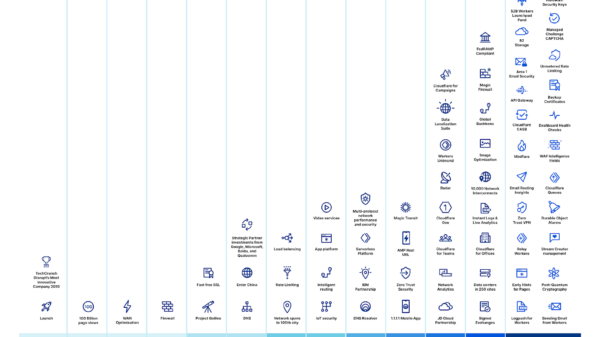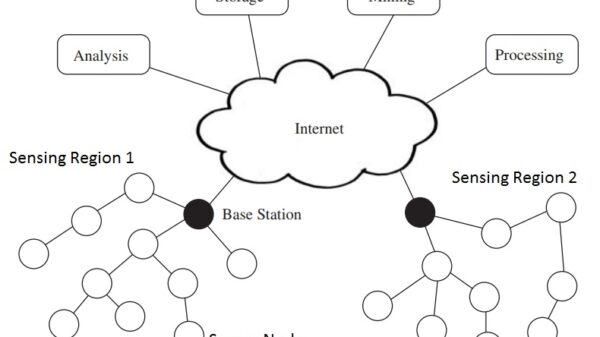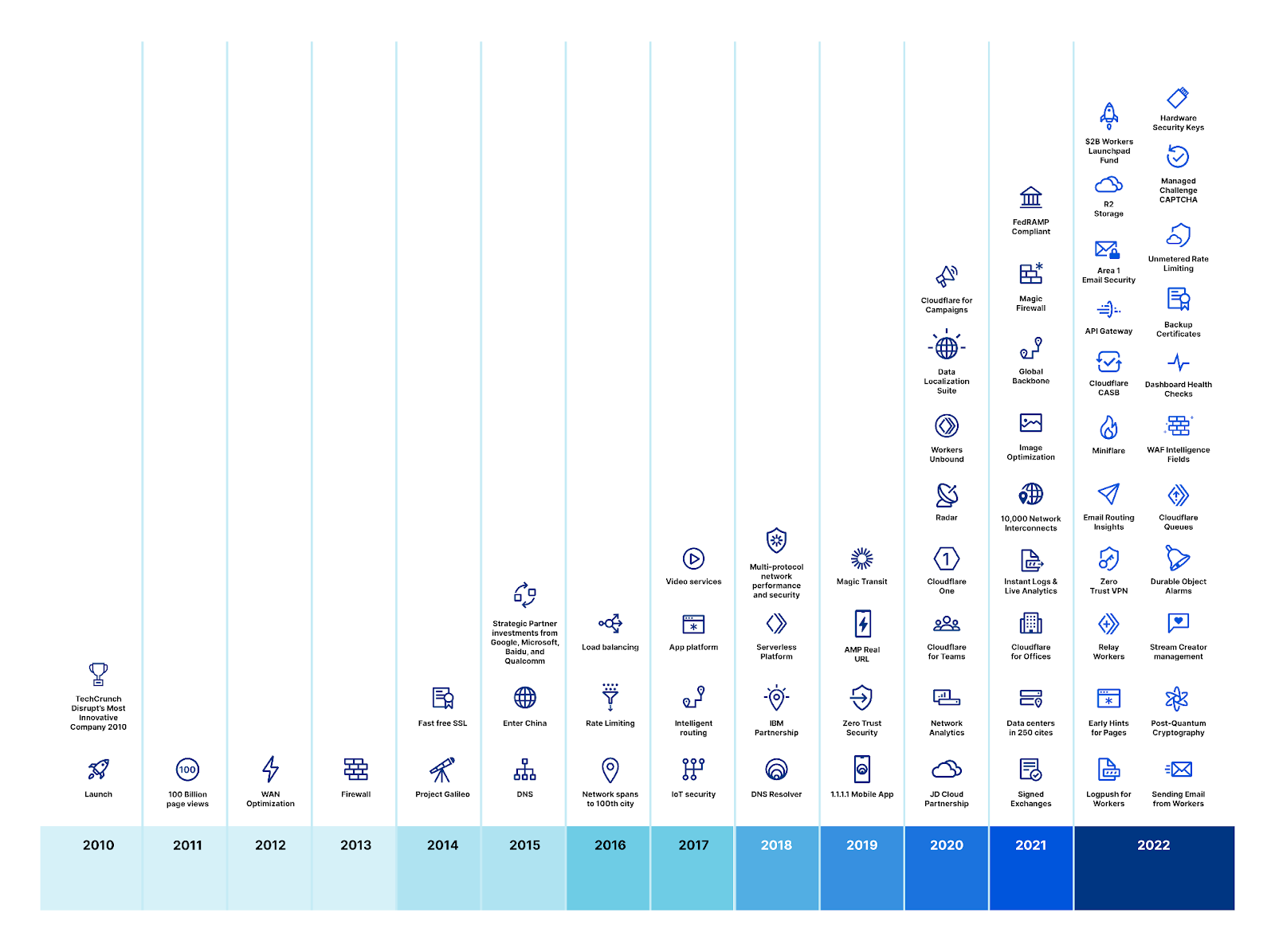Sure, here is a comparison of Cloudflare and Zscaler, focusing on five key differences:
- Architecture
Cloudflare and Zscaler have different architectural approaches to security. Cloudflare’s architecture is based on a global network of data centers, which provides a high degree of performance and reliability. Zscaler’s architecture is based on a cloud-based platform, which offers a greater degree of scalability and flexibility.
- Security features
Cloudflare and Zscaler offer a wide range of security features, including web application firewall (WAF), intrusion detection and prevention (IDP), data loss prevention (DLP), and zero trust network access (ZTNA). Cloudflare’s security features are focused on protecting websites and applications from attacks, while Zscaler’s security features are focused on protecting users and devices from threats.
- Performance
Cloudflare and Zscaler offer different levels of performance. Cloudflare’s performance is generally better than Zscaler’s, due to its global network of data centers. However, Zscaler’s performance can be improved by using its cloud-based platform.
- Pricing
Cloudflare and Zscaler offer different pricing models. Cloudflare’s pricing is based on the number of users or devices protected, while Zscaler’s pricing is based on the amount of data transferred. Cloudflare’s pricing is generally more affordable than Zscaler’s.
- Ease of use
Cloudflare and Zscaler offer different levels of ease of use. Cloudflare is generally easier to use than Zscaler, due to its simpler architecture and fewer features. Zscaler can be more difficult to use for organizations with complex security requirements.
In general, Cloudflare is a good choice for organizations that need a high-performance, affordable, and easy-to-use security solution. Zscaler is a good choice for organizations that need a scalable, flexible, and feature-rich security solution.
Here is a table that summarizes the key differences between Cloudflare and Zscaler:
| Feature | Cloudflare | Zscaler |
|---|---|---|
| Architecture | Global network of data centers | Cloud-based platform |
| Security features | WAF, IDP, DLP, ZTNA | WAF, IDP, DLP, ZTNA, sandboxing, application control, threat intelligence |
| Performance | Generally better | Can be improved with cloud-based platform |
| Pricing | Based on number of users or devices protected | Based on amount of data transferred |
| Ease of use | Generally easier to use | Can be more difficult to use for complex security requirements |
drive_spreadsheetExport to Sheets
Ultimately, the best choice for your organization will depend on your specific needs and requirements.















